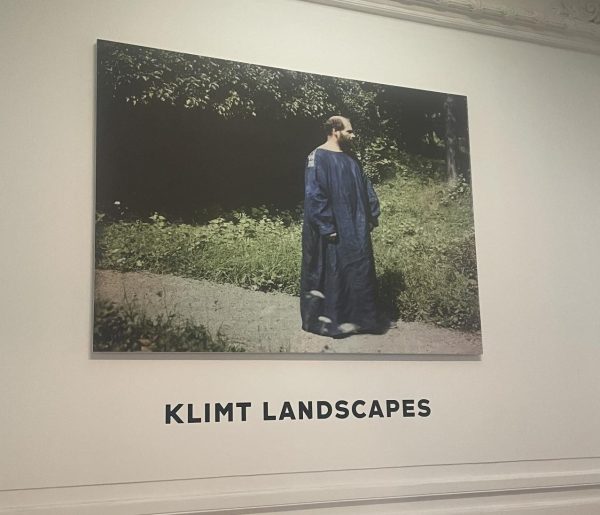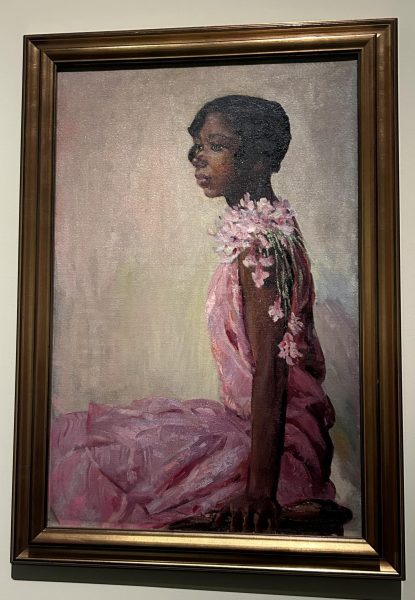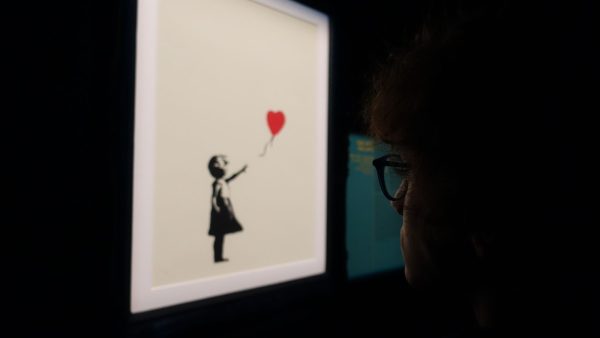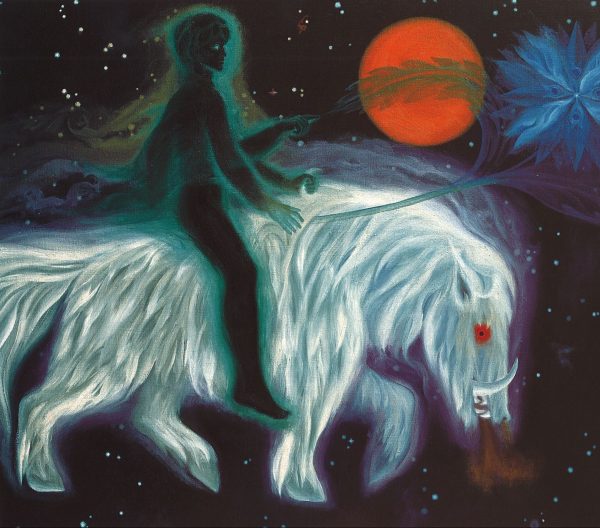Gorpcore: The Gentrification of Hiking
Gorp Core is moving away from what originally made it special.
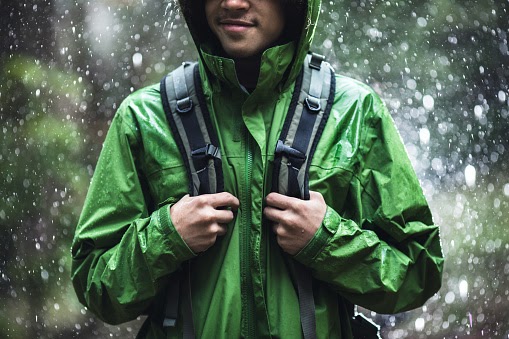
Jackets meant for the most extreme weather conditions are now being bought up for 60 degree weather walks.
A 600 dollar puffer jacket designed for the most extreme weather conditions was not meant to be used by an average shopper on their daily trip to the grocery store. Yet, many consumers have begun repurposing outdoorsy fashion as streetwear. Brands such as Arc’teryx, which originated in the Vancouver Mountains, belong to a strange, growing industry affectionately referred to as Gorpcore (Good ‘Old Raisins and Peanuts). The style is often characterized by hiking, running, and skiing attire such as puffer jackets, boots, beanies, and backpacks. Brands like North Face and Patagonia have been at the crossroads of functionality and fashion for a long time and show no signs of stopping, but brands like Arc’teryx and REI have begun to aggressively take over the bizarre cross of high-end fashion and a jacket meant to be worn hiking up Mount Everest.
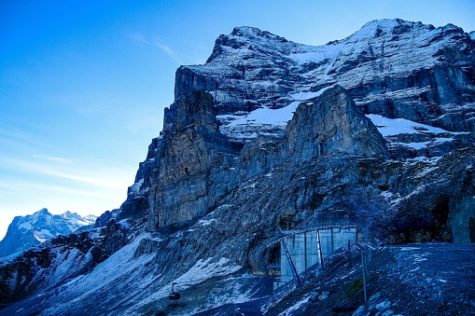
Patagonia and North Face have been a hallmark of winter shopping for a long time, consistently selling out on incredibly expensive items. However, only in the last year has North Face been invited to the Paris Fashion Week. The company knowingly described their collection with the statement, “Think upscale dinner parties and a hike in a monsoon.” A multitude of factors have contributed to this recent recognition from exclusive fashion events. The rise in popularity can be partially accredited to artists like A$AP Rocky and Frank Ocean, and fashion designers such as the late Virgil Abloh. Another contributor to the brand’s recognition could be the recent rise in streetwear, or just a simple appreciation for the comfort in the items they offer.
But maybe the truest answer is that Gorpcore has been popular for a very long time and this new form isn’t the same thing at all. If you went deep into the mountains seeking the older generation of hikers, they would look at you funny for mentioning the phrase Gorpcore. These hikers pioneered the “aesthetic” unknowingly for fifty years. But the difference lies purely in lifestyle versus perception. As journalist Mary Frances Knapp puts it, “Gorpcore is what happens when streetwear moves upstate.” For these hikers, it’s not an aesthetic birthed from other popular trends but instead a lifestyle they’ve been living for years.
The problems that arise from this are unfortunately not contained to seemingly pointless “credit points” on who started it first but instead expand into greater issues of greenwashing, virtue signaling, rising prices, and fast fashion. Gorpcore is nothing without its green supporting consumers, but as its popularity grows exponentially and it moves into luxury fashion shows, it loses its core tenets of environmentalism.
Studies conducted by organizations committed to promoting sustainability like Good on You find that North Face rarely meets the environmental standards it sets for itself. Even more damning, they showcase a lack of any movement towards the neutrality that they tout frequently. In a relatively notorious move, North Face publicly refused to sell personalized jackets to a small oil business looking for a Christmas present for its employees, citing concerns regarding their environmental impact. But as the oil business later pointed out, the very same North Face jackets they ordered are produced from equally terrible oil products that are made by nearly identical companies that North Face seemingly has no trouble collaborating with. Nora Auburn ’24 added that “Virtue signaling is incredibly popular in an industry like fashion where it’s so easy to lie.”

(Poike / Unsplash)
Nonetheless, a company greenwashing products is not a surprising or new development. Neither is a company making a cheap recreation of genuine products. In the end, Gorpcore will matter very little as the season ends and companies move onto cheaper more marketable products that are equally as bad for the environment. But the rise in Gorpcore, an aesthetic predicated on sustainability, should have led to the inevitable rise of sustainable pieces but, as often happens, companies have mangled the product into a cheap imitation of what it once was.
As journalist Mary Frances Knapp puts it, “Gorpcore is what happens when streetwear moves upstate.”
Griffin Weiss is an Editor-in-Chief of The Science Survey and enjoys writing about arts and culture. The most interesting aspect of journalism for Griffin...






